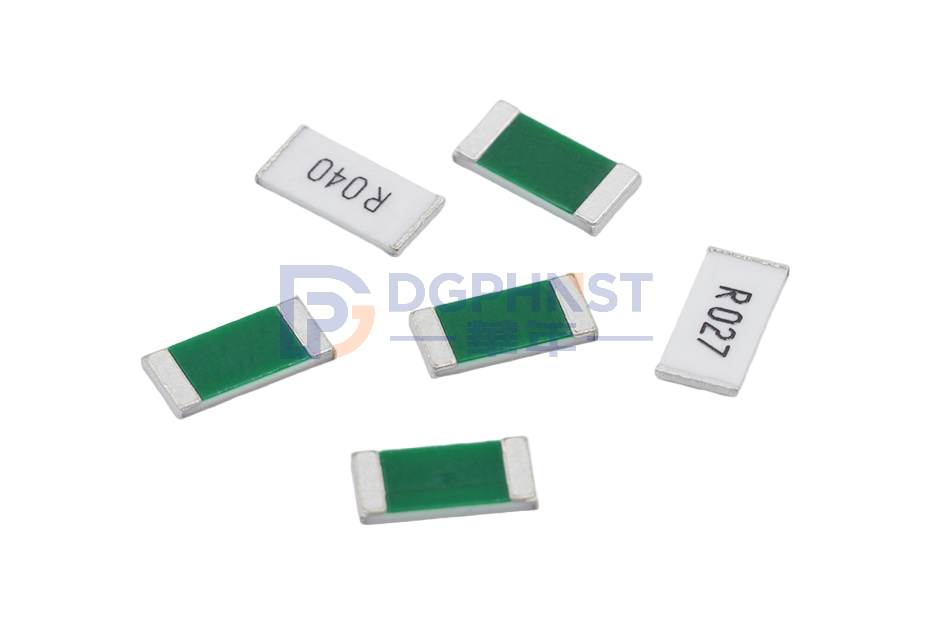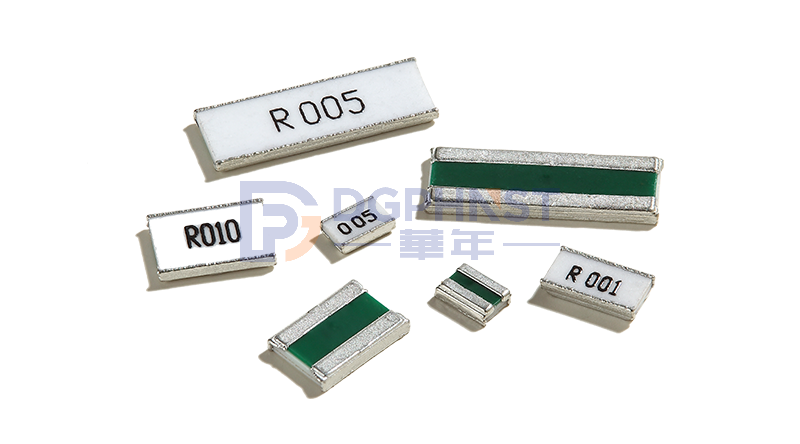hnstshop.com/" target="_blank" rel="noopener">Resistors are common passive components in electronic circuits, used to control current, regulate voltage, limit current flow, and perform various other functions. Understanding the parameters of resistors is crucial for correctly selecting and using resistors. Here are some common parameters of resistors explained:
1. Resistance:
Resistance is the basic parameter of a resistor, which represents the degree of opposition to current flow. It is measured in ohms (Ω) and is denoted by a numeric value such as 100Ω, 1kΩ, 10kΩ, etc. Resistance determines how much a resistor impedes the flow of current through a circuit.
2. Tolerance:
Tolerance indicates the permissible deviation range between the actual resistance value and the nominal resistance value of a resistor. It is expressed as a percentage, such as ±5%, ±1%, etc. Higher tolerance means that the actual resistance value of the resistor can deviate less from the nominal value.
3. Power Rating:
Power rating refers to the maximum power that a resistor can safely handle. It is measured in watts (W) and is represented by a numeric value, such as 1/4W, 1/2W, 1W, etc. The power rating determines the maximum power that a resistor can dissipate without overheating, getting damaged, or causing a fire hazard.
4. Temperature Coefficient:
Temperature coefficient indicates the rate of change of resistance with respect to temperature. It is expressed as a percentage change in resistance per degree Celsius (℃), such as ±100ppm/℃, ±200ppm/℃, etc. A smaller temperature coefficient means that the resistance of the resistor is less sensitive to temperature variations.
5. Maximum Working Voltage:
Maximum working voltage refers to the highest voltage that a resistor can withstand without breaking down or getting damaged. Exceeding the maximum working voltage may lead to resistor breakdown or failure.
6. Package Type:
Package type refers to the physical appearance and packaging style of a resistor, such as surface-mount device (SMD) resistors, through-hole resistors, etc. Different package types are suitable for different circuit layouts and mounting methods.
Understanding these parameters of resistors is crucial for selecting the right resistors and ensuring their proper usage in electronic circuits. Based on the circuit requirements and performance needs, choosing resistors with appropriate parameters helps ensure stable circuit operation and optimal performance.




